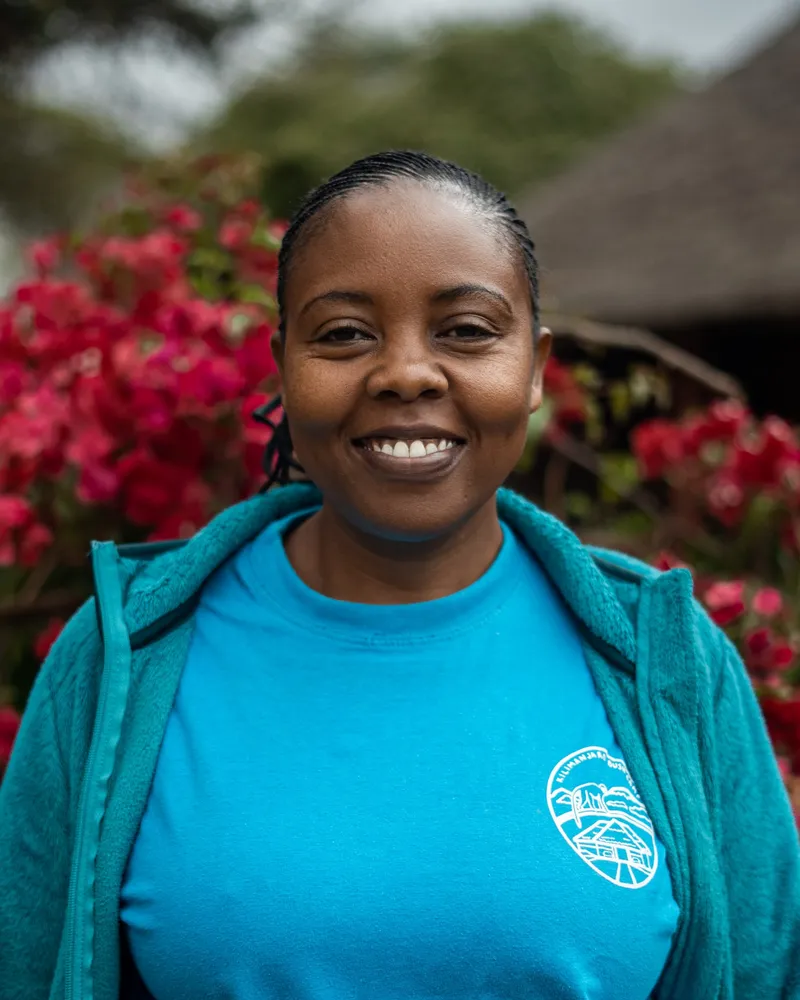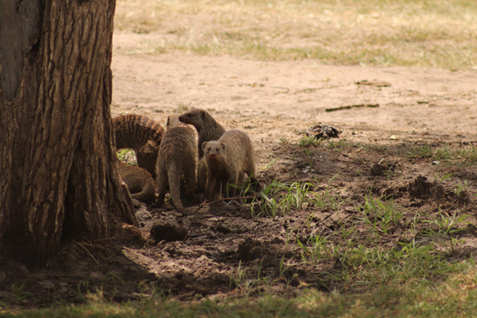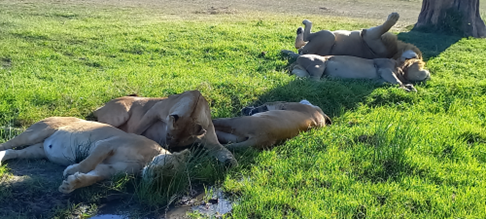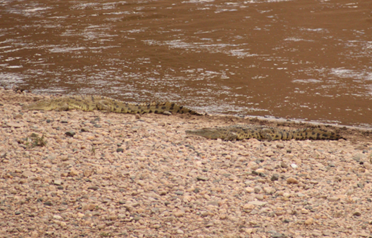
By: Jennifer Wanyingi
Maasai Mara: Landscape Wonder at its Finest
Our six-day trip to Maasai mara national reserve was the start of a long expedition cycle. A renown world tourism destination for its annual wildebeest migration and breathtaking landscapes, Maasai mara portrays an iconic tropical savanna with lush green landscapes that offer the best scenic view for wildlife at distance. Just like the Amboseli region, mara is also home of the Maasai community that have known historical coexistence with wildlife due to their pastoral lifestyle.
Our arrival in Mara area was met with cooler wet weather a complete contrast from the Amboseli region. Like in Amboseli park, mara national reserve is booming with an influx of tourism activities. Right from the gate, you are met with yellow, red and blue colors of the Maasai ‘shuka’ garments, and passionate Maasai women wearing brightly decorated ornaments and entertaining tourists.

Photo of Sekenani gate, Maasai Mara

Maasai women entertaining tourists
The first few days were full of excitement, we were eager to go places and see wildlife. The expedition experience aims to provide students with opportunity to experience Kenya’s culture, explore the beautiful landscapes, and be able to appreciate the connections between them. This is critical given that the program’s focus is on endangered species and visiting real places, making observational comparisons, and interacting with the local community makes it more unforgettable.

Landscape of Maasai Mara, Photo courtesy of David Andrade/em>
The mara nights at the research station, where we camped were quite chilly with light rains some evenings. There were the whoops of hyenas, and baboons’ barks and some antelopes’ bleats. We spotted some glowing eyes at a distant bush, a good guess that they were hyenas, nothing to worry about since we were in safe hands of the armed park rangers and our local Maasai security who were armed with spears. Most of the academic activities started early including identifying endangered wildlife species in Maasai Mara national reserve and making comparison with those of Amboseli ecosystem in terms of abundance, community interactions, management style and landscape adaptations.

Pack of Banded mongoose feeding in Maasai Mara National Reserve, Photo courtesy of David Andrade
One of our mid-mornings had an exciting visit to the research station, Mara cheetah project. Upon arrival students were able to visit the sections of the research and also see the equipment such as the collar tags for cheetahs, elephants, the technologies used in research of the species like the SMARTGIS and Cyberteacher. Guest lectures were also given and students interacting with the research team at the station. Additionally, Expert talk with non-governmental organization, Sheldrick wildlife Trust veterinary gave student an opportunity to ask questions on current state of endangered species in the reserve and expert opinion on assessment of the injuries on animals within community land.

Leopard looking around at Mara Reserve
Most of the afternoons were for game drives, among the animals that were spotted included the leopard, lions with cubs, Topi antelope, hartebeest, and elands that they had not in Amboseli national park. The Mara plains gave the best view of wildlife.

Pride of lions sleeping under a tree, Photo by Jennifer Wanyingi

Nile crocodiles basking out around Mara River, Photo Courtesy of David Andrade
Mara evenings had the best sunset in most days with a visible double rainbow seen beyond the hills where we camped.
__________
Curious about the SFS Kenya Center? Click here to read about why we’re based there, our environmental research focus, how we support the local community, and even take a virtual tour of the Center.
Related Posts

Bhutan Honored with the Murie Spirit of Conservation Award

